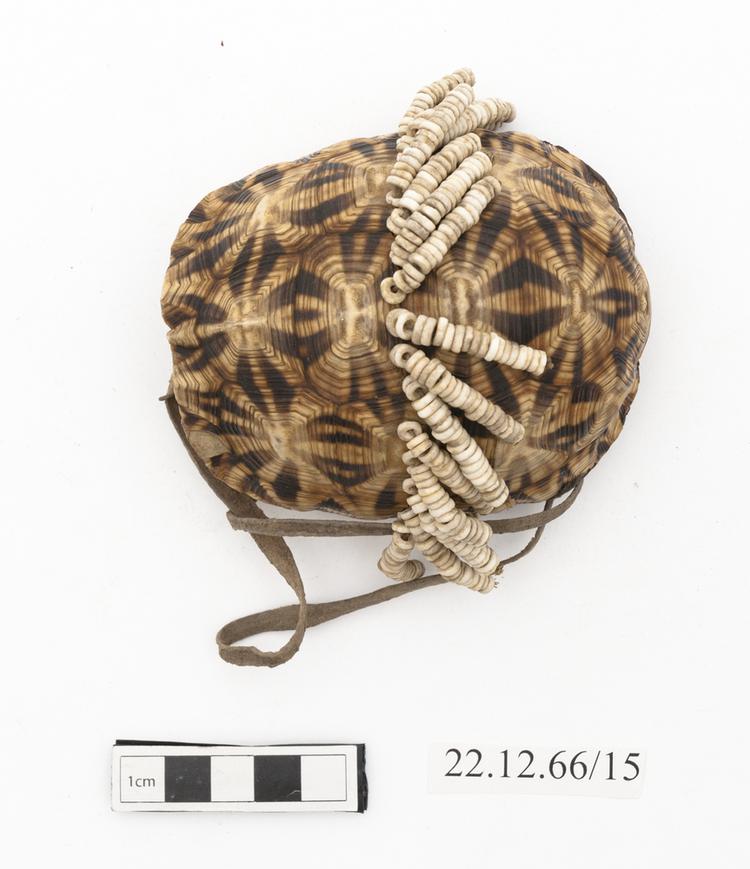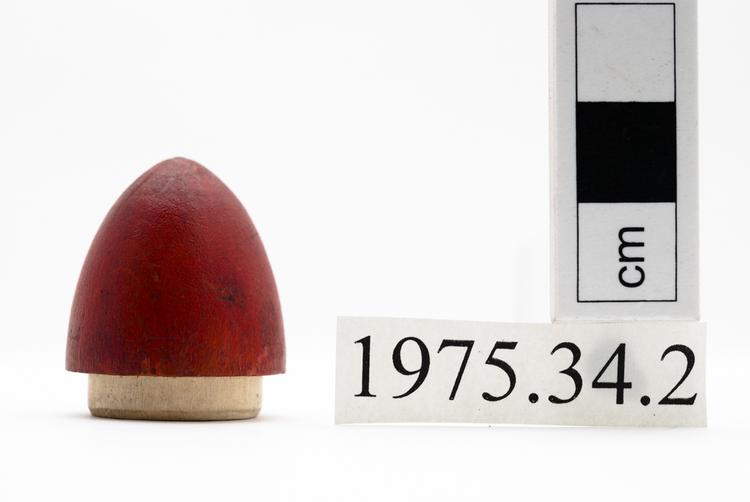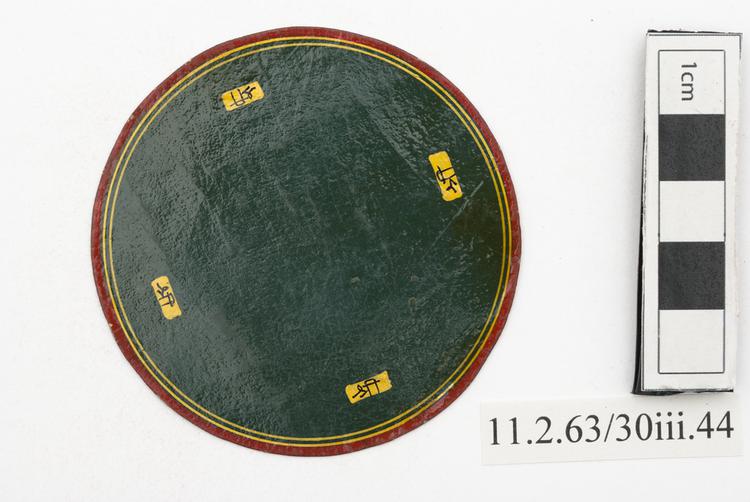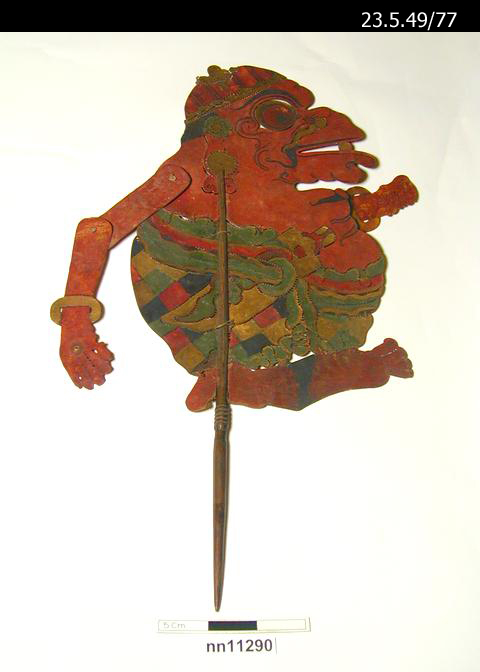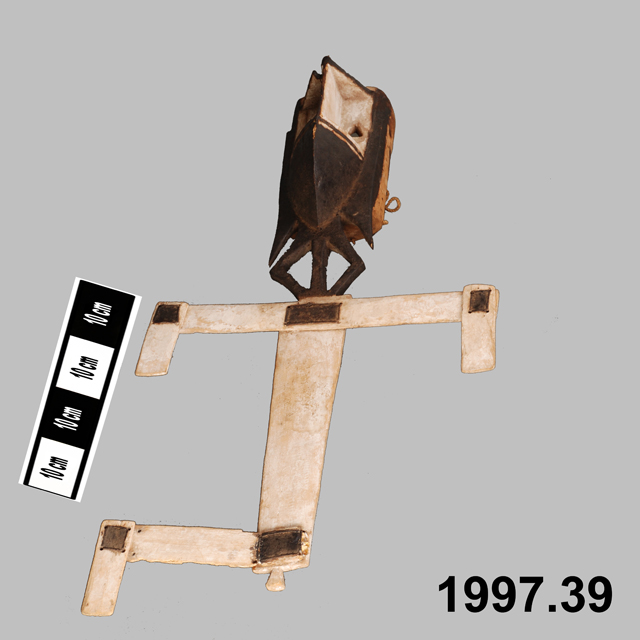
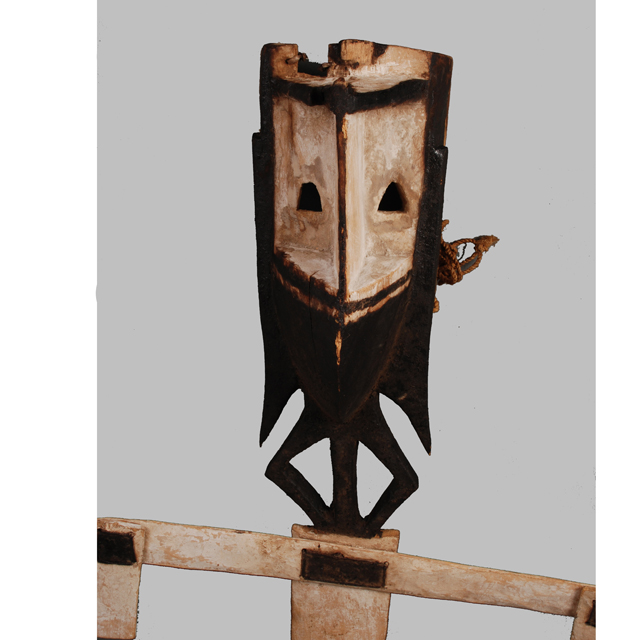
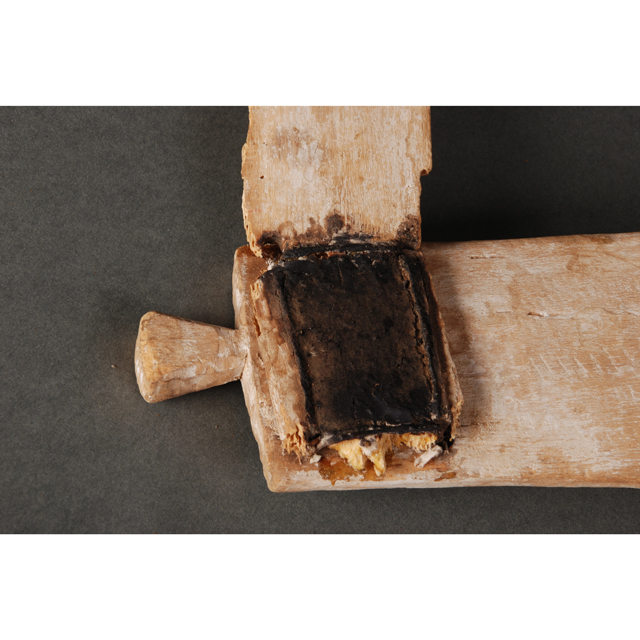
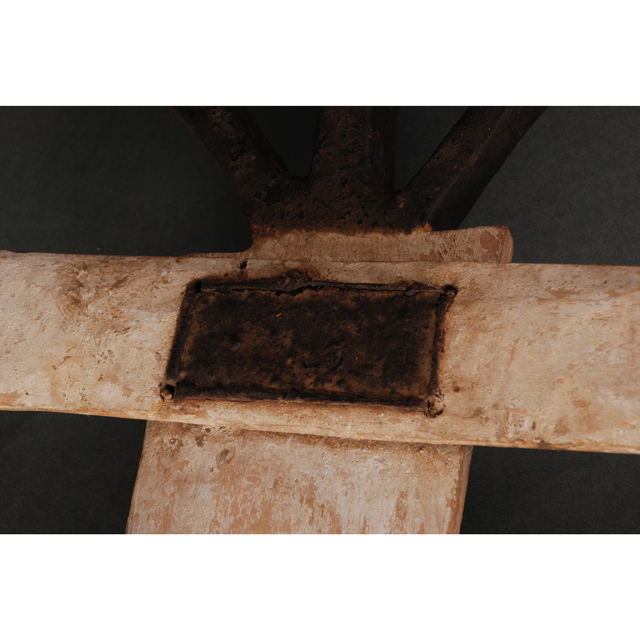
Dogon Kanaga mask. Part of the Dama funeral rites, which assure the passing of life from one universe to another, and the good relations between the universe of the living and that of the dead. One interpretation of the kanaga is that it refers to the bird that guided the Dogon speaking peoples from the Mandigo region to their present location (the extensions to the left and right recall the spreaded wings of a bird). This interpretation is apparently used for non-initiates. The other interpretation is that it symbolises both God (the upper arms and lower legs) and the the two universes: lower earth and upper sky.
Dogon Kanaga mask. Part of the Dama funeral rites, which assure the passing of life from one universe to another, and the good relations between the universe of the living and that of the dead. The funeral rites include rituals and masked dancing for several days every two or three years. It used to take place when an elder (older than sixty years) or several village members died, (several families would celebrate together several of the passing of their family members) as well as several types of Dama (according to the social standing of the deceased). But that has now changed and the masks, which were typically used just for the Dama funeral rites can also be seen in other popular festivals. One interpretation of the kanaga is that it refers to the bird that guided the Dogon speaking peoples from the Mandigo region to their present location (the extensions to the left and right recall the spreaded wings of a bird). This interpretation is apparently used for non-initiates. The other interpretation is that it symbolises both God (the upper arms and lower legs) and the the two universes: lower earth and upper sky.



